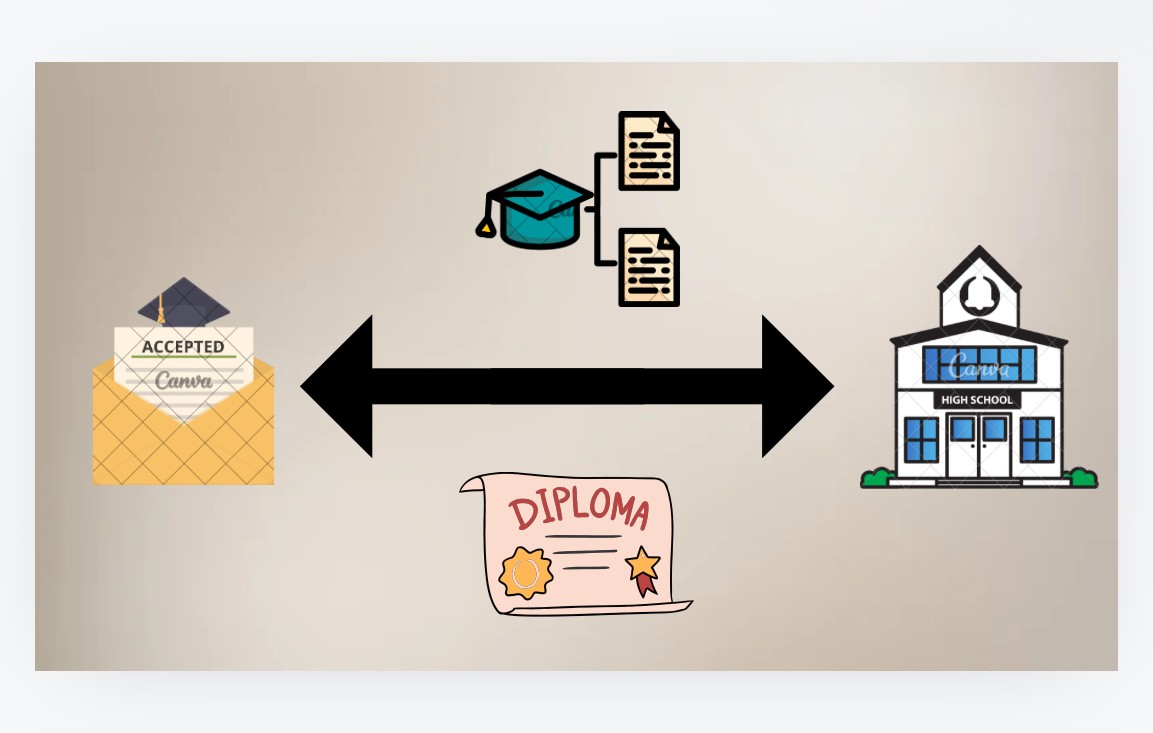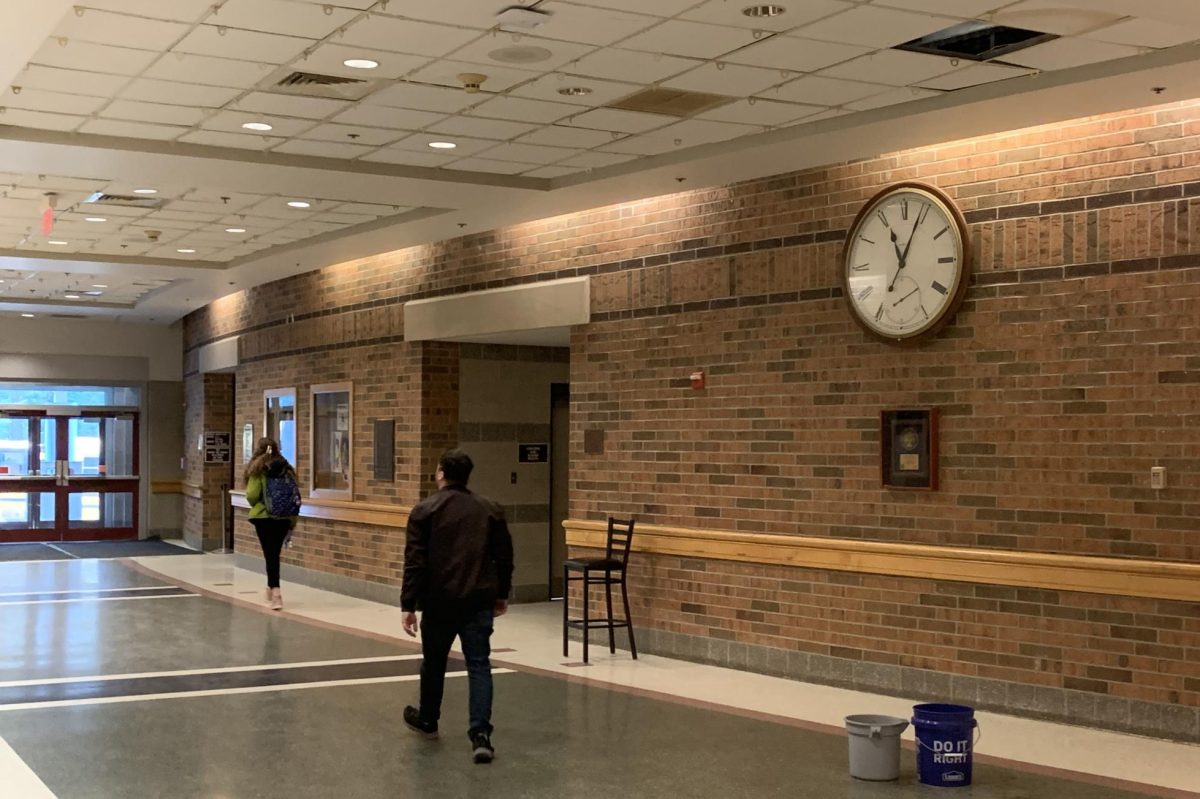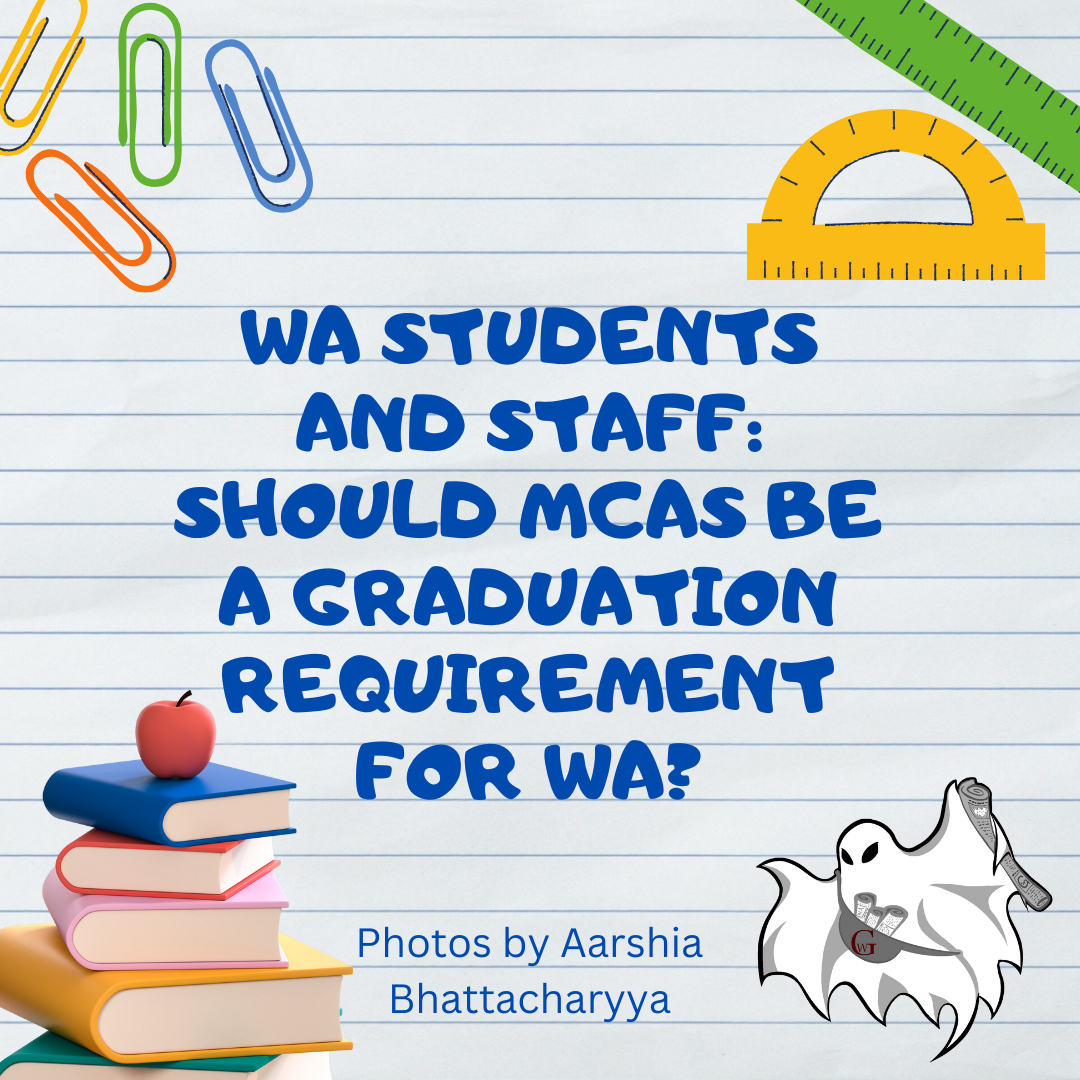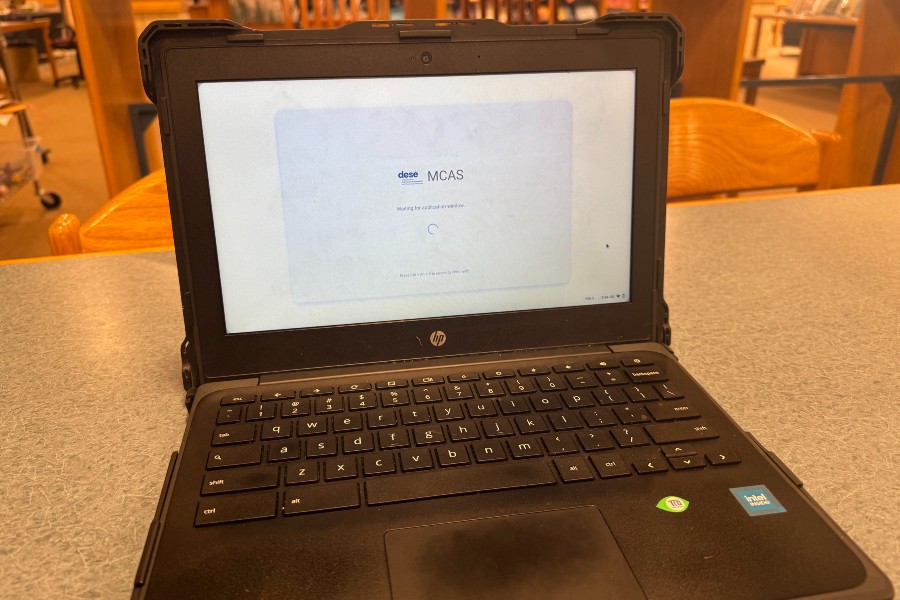Throughout time, it has become apparent that every student learns differently. While it is impossible to tailor an individual learning plan to every student, it is possible to be more inclusive and offer different options that suit different types of learning styles. One way WA, as well as other schools, have taken initiative is by offering dual enrollment. This is an opportunity that should continue to be offered to students that they should also take advantage of for multiple reasons.
The Massachusetts Commonwealth Dual Enrollment Partnership (CDEP) gives high school juniors and seniors in the state who are eligible the opportunity to take classes at a local public college that can contribute towards a high school diploma as well as earn them college credits.
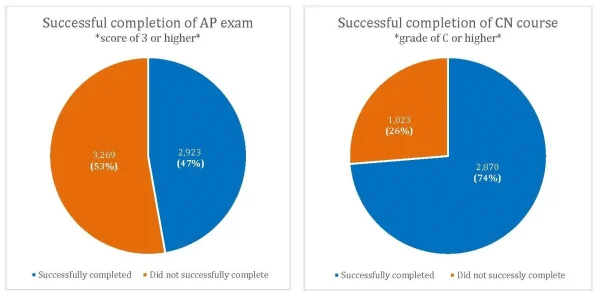
This differs from Advanced Placement (AP) classes, that are offered to all eligible juniors and seniors at WA. AP courses entail a college-level class worked into one’s high school schedule, as well as an AP exam in May that you must be scored well on in order to earn the college credit.
However, dual enrollment entails attending the actual college with other students there, and earning the college credits after completing the class. If someone is looking for a lower stress course load where college credits are still earned, looking into dual enrollment is a great idea as there is no preparation for an end-of-year test.
A sum of seniors in the 24-25 school year at Westford Academy have decided to participate in this, many of them attending Middlesex Community College for a select number of classes. The reasoning for doing this can range from a variety of reasons from simply wanting a head start in college, to not thriving in a high school environment and needing a change of setting.
Amongst these students taking advantage of these classes is senior Chelsea Wright, who is currently duel enrolling with her classes at Middlesex Community College. According to Wright, this option was the perfect alternative.

“I really enjoy the pace of everything. College professors move extremely fast through topics and lectures, but are still willing to connect with students to help when needed,” Wright said.
One benefit of dual enrollment classes is the flexibility they offer. While there are limited courses students can have in their schedule at WA, dual enrollment offers a chance to incorporate more interests. Students can add a class or topic they enjoy, or even expand on a course they already took at a more in-depth level. It gives students a chance to explore interests they cannot access with a WA 7 class schedule.
Often times, it can be hard for students to get invested in what they are learning about if they are not passionate about the topic. According to a poll conducted by Gallup, students are 2.5 times more likely to perform well in a class if they are actually enjoying what they are learning about. This is why dual enrollment can be incredibly helpful to people who want to take a class they are interested in but that is not offered at WA.
Another aspect of the flexibility dual enrollment provides is that students can choose how many courses they want to take at the college level. Students can choose to have only one class at the college, or multiple classes depending on how much time they want to spend away out of their high school.
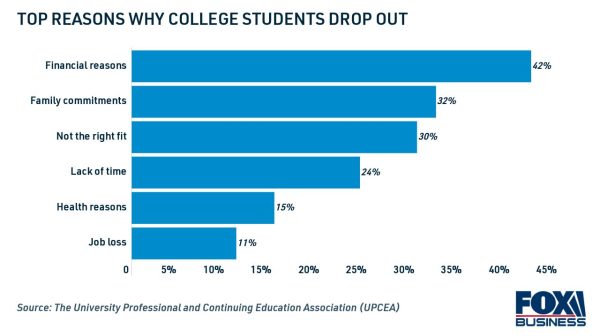
Dual enrollment can also provide financial security for people who still want college credits but cannot afford a more expensive college. It is no secret that college is an incredibly big investment with the average amount spent on tuition in the United States being $10,490 for in state students and $24,000 for out of state students yearly. For many families, it is not a possibility to spend this amount of money every year. This can result in an excess of student loans left to the college student or the possibility of college being removed completely.
Dual enrollment gives low income families the opportunity to expose their children to college with the first course being completely free of charge, and after that, the classes are priced at a much lower rate than the student would have to pay if they were actually attending college. This can make for a less expensive alternative to gain college credits, while still taking the classes with the same rigor. This can also be a help to students, as it will most likely lessen the amount of time they have to spend in college because many of their college credits are already earned. This can take up to a year off of the usual four year college attendance, drastically lessening the price.
Along with this, dual enrollment can be incredibly helpful to first-generation college students. For many parents, it can be difficult to expose their child to college for a multitude of reasons. If parents never attended college it can be hard to understand the selection and application process. Some parents’ time may also be consumed by their jobs and providing for their family.
There are always multiple factors to everyone’s life impacting their decisions. Because of this, dual enrollment is a step both parents and children can take towards college exposure and learning the inner workings of it. Most importantly, it is something the student can do independently as they are the ones attending.
Both the financial help and college exposure are large factors of dual enrollment that make dual enrollment an option, many people should look into and should draw more attention to the option.
WA also offers different options, or versions, of dual enrollment, adding to the flexibility. If someone wants to take college classes at WA that are not AP, there are a few options being introduced. As of this school year, there are two being offered: Money Matters, taught by business teacher Sarah Ricard, and Public Speaking, taught by WA Theatre Arts Artistic Director Michael Towers. Both of these offer a good medium that can help students peek into the world of dual enrollment without attending a class at the college.
“The wonderful thing about taking a Money Matters or any dual enrollment course at Westford Academy is that students do not have to step foot off campus to earn college credit,” Ricard said. “Dual enrollment courses at WA are convenient, provide opportunity for academic exploration and challenge, and often save time and money in the long run.”
Dual enrollment can be beneficial to students in numerous ways. Some students simply need an escape from the same building everyday for four years, some need financial support, and some simply want to try something new while preparing for the future by earning college credits. No matter what the reason is, dual enrollment has something for everyone and should be considered by all students.
“WA’s dual enrollment gives students an opportunity to change the rhythm of WA’s fixed schedule while experiencing a preview of the challenges of college level courses and setting,” Towers said.

